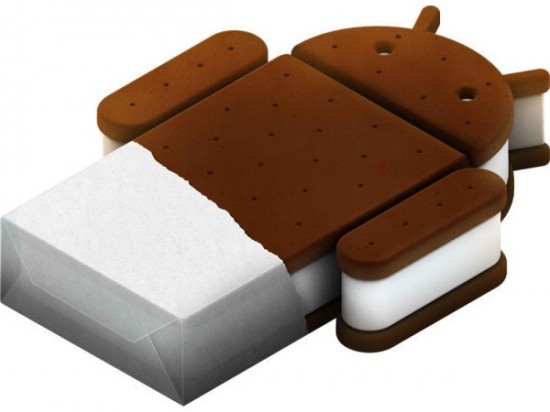Google Engineer Sets Facts Straight on Android Hardware Acceleration
With the release of Android Honeycomb and now Ice Cream Sandwich, we have heard a lot of talk about hardware acceleration in Android in recent months. Some of this talk has led to confusion over how Android handles graphics and rendering, confusion that Google engineer Dianne Hackborn is tired is tired of dealing with. She took to Google+ to set the record straight and offered a bulleted list of “facts” for interested readers to peruse. Older versions of Android relied on software rendering at the CPU level, an inefficient method that leads to poor performance and responsiveness on devices with slower processors. Android Honeycomb introduced GPU-level hardware acceleration, and Ice Cream Sandwich further improves on the technical challenges associated with the shift from software to hardware graphics processing.
Hackborn clarifies that Android has always had some sort of hardware acceleration dating back all the way to before version 1.0, including the rendering of menus, pop-ups, and dialogs. Hardware could always render the window that held content, but the “full” hardware acceleration brought about in Android 3.0 deals with rendering the content within a window. However, “hardware accelerated drawing,” Hackborn states, “is not all full of win.” Rather than offer a full paraphrasing of the lengthy writeup she has posted, I suggest you head over to the Google+ source link below to read a more detailed breakdown, that is, if talking nuts and bolts about smartphone software and hardware is of keen interest to you.
